Birdies is a golf comedy that was shot on a micro-budget. Minimal cast, not-so-sexy equipment, almost zero resources, but with a ton of good vibes and determination. “If you have a good script, and some talented folks interested in helping you out, it doesn’t take a lot to make a really good-looking film these days,” says producer Samuel W. Reed. This guy is absolutely right! Interview below.

Birdies
Birdies is a golf comedy about Twin Pines, a failing egalitarian country club where maintaining a buzz is par for the course. On the verge of bankruptcy, the owner hires a new golf pro to get back on track before their rivals at the snooty Magnolia Pointe put them out of business for good. The film stars comedian Ryan O’Flanagan (American Vandal) and Nate Panning (Neebs Gaming) and features screen veteran Sydney Penny (Pale Rider, All My Children). It premiered to a sold-out crowd of over 500 people to uproarious laughter. The film is a raucous, laugh-out-loud comedy with undeniable appeal. It was not easy making the film, as the team put a lot of blood, sweat, and tears into it. However, it was worth it! Producer Samuel W. Reed shares with us what’s like to produce something from nothing, and how it doesn’t take a million dollars, or even a tenth of that, to make a film look like a studio-made production. Read on.

We figured out anything we could get for free, including our locations, and even donated food from local restaurants and businesses that wanted to support our film. When it came down to it, we needed a fraction of the money than what we were initially asking for.
How do you craft a budget to make a film?
This film is very different from most films I would budget. Normally I would break down a script for a number of shooting days, multiply that by the size of cast & crew we want to have, figure out day rates for everyone, start adding in things like equipment, meals, transportation, post-production… identifying and creating a line item for everything you need to make a film. Adding it all up, add 10%, and viola! This project didn’t exactly work that way. When we were first trying to shoot this project, we had a more “normal” budget for an independent film. We wanted to shoot it for several hundred thousand dollars, say $350 – $450k ideally. The script had been broken down professionally, and we wanted to get a few name actors involved, and a couple of times over the years the producers got close to locking the money in. Unfortunately, at the time they were the closest, COVID hit and kind of tore it all to pieces. So, in the fall of 2020, after a little time had passed, the producers regrouped and started discussing what it would really take in order to get this film off the ground, and that’s when we started budgeting for specific items: a small budget for equipment. Money for specific actors, while other actors deferred their pay just to be a part. We figured out anything we could get for free, including our locations, and even donated food from local restaurants and businesses that wanted to support our film. When it came down to it, we needed a fraction of money that what we were initially asking for, and asking a few people to chip in helped get us to the dollar amount we needed to green-light the film.
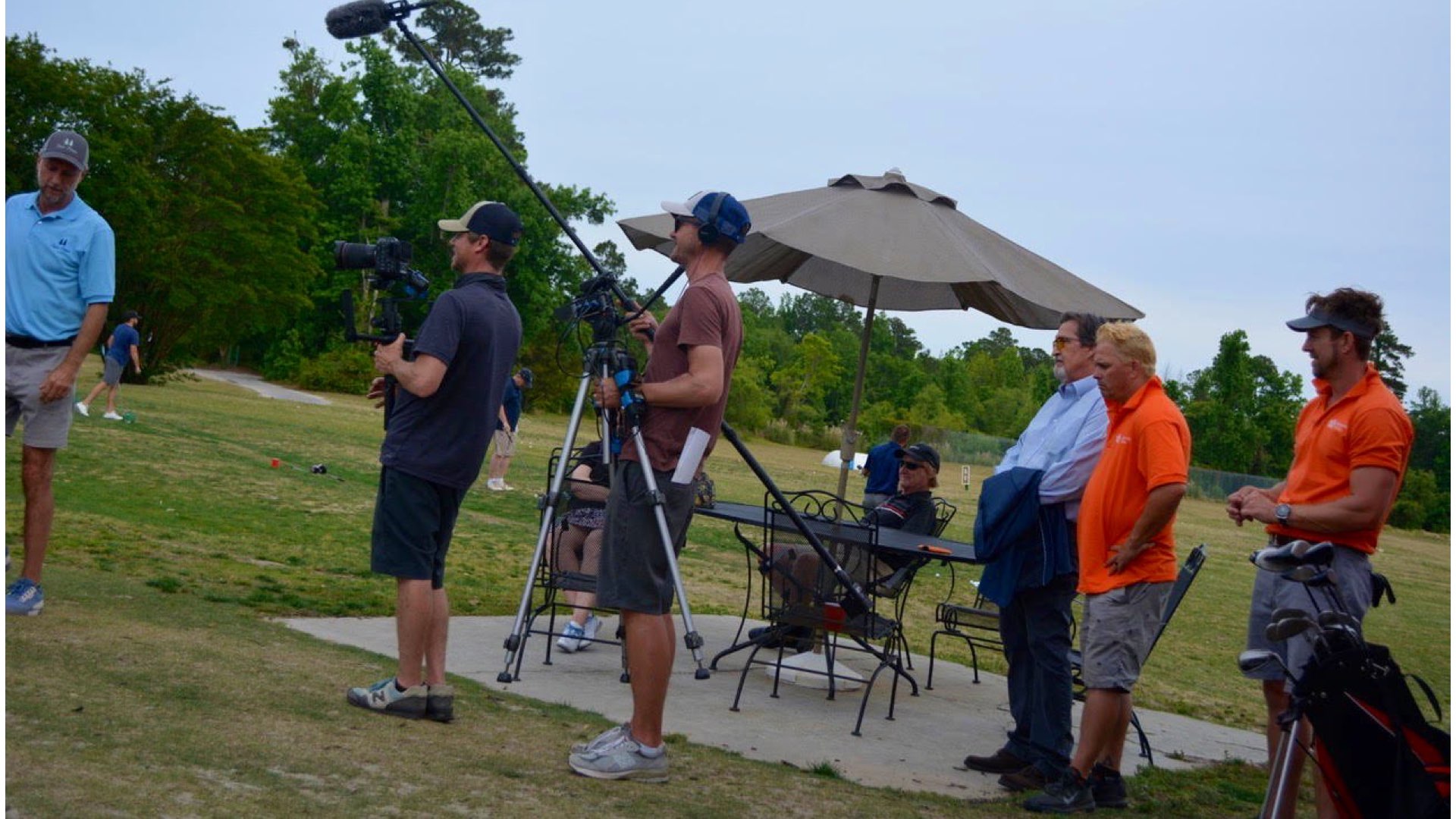
We probably submitted to over 60 distributors, at least. And from those 60 we got about 10-12 interested buyers, and of those we got about 6 offers, and of those we went with zero.
How did you approach distributors?
With a shotgun! Hahaha! Kind of seriously though, now that all the markets are digital, it isn’t hard to get the contact information from distributors around the world. We had a few contacts to a few places and met some people that helped walk the film in a few doors, but ultimately we were content to be our own sales agents and took the film out to literally everyone we could find. We probably submitted to over 60 distributors, at least. And from those 60 we got about 10-12 interested buyers, and of those we got about 6 offers, and of those we went with zero. So, quite literally, we shotgun blasted the film to everyone who would take a look. But after we were lowballed and undervalued by nearly everyone- and I say nearly bc we did have one fairly lucrative deal on the table that we ultimately decided to walk away from. But I hear a lot of chatter that nobody offers MG’s or actual money on distribution deals anymore, and we found that to be untrue. We were offered a mid-five-figure licensing deal with an MG and several other perks, but ultimately, though they were a known company that people legitimately watch movies from, we felt it was not in our best interest to pursue it. So we didn’t!
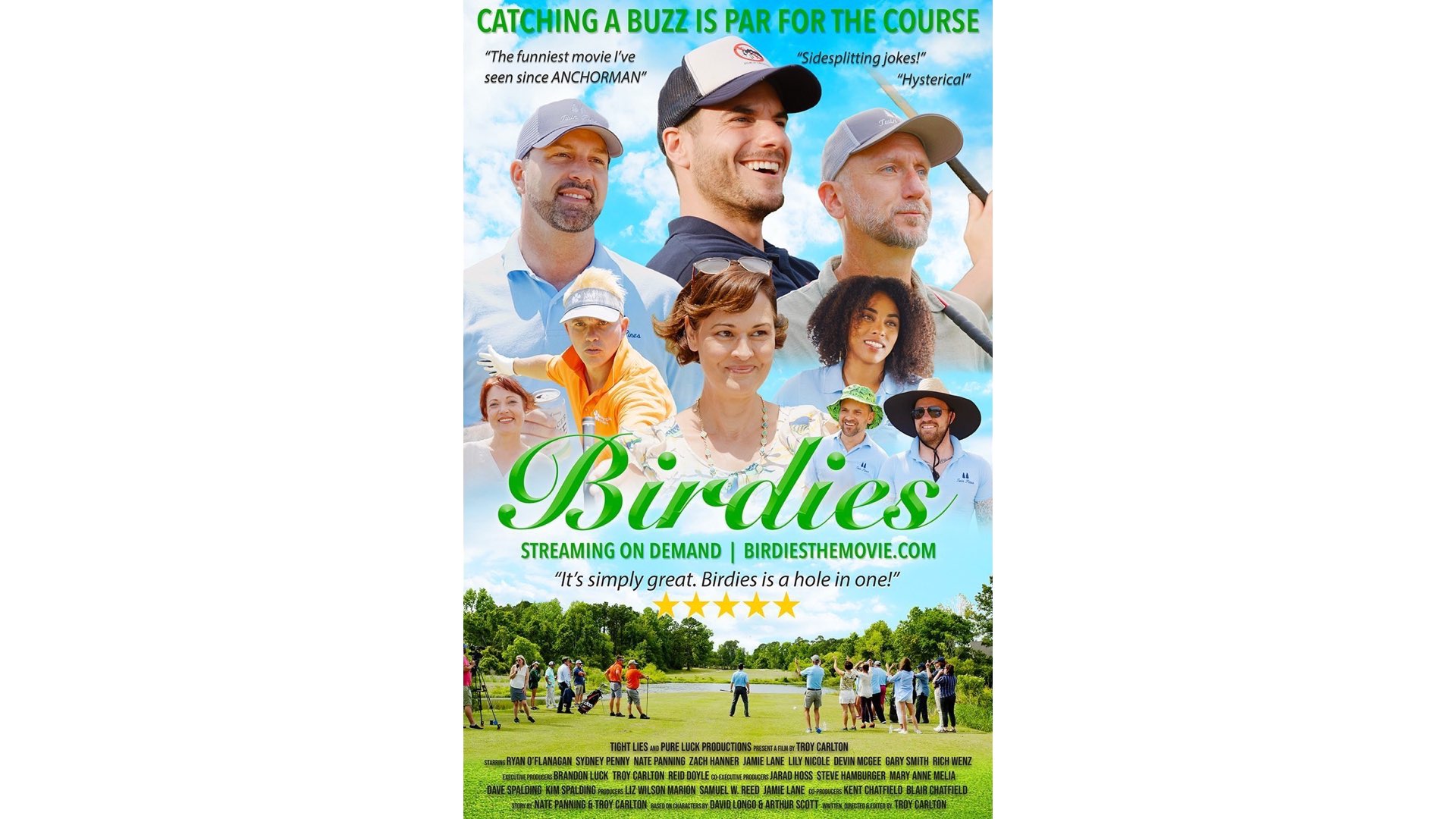
I think one of the main reasons we ended up getting the Canon C70 was because the auto-focus feature was supposed to be above and beyond previous models at that time, and since we knew we weren’t gonna have the luxury of a 1st AC or a focus puller or anything like that.
Why did you choose the C70 for the shoot?
Ahhh, the C70. We are all fairly familiar with Canon’s first of all, and we were looking for a certain amount of ease of use, so it fits the bill in that regard. It was also pretty new at the time, so the DP/Director Troy Carlton (who also wrote, produced, and edited the film) was eager to check it out. But I think one of the main reasons we ended up getting it was because the auto-focus feature was supposed to be above and beyond previous models at that time, and since we knew we weren’t gonna have the luxury of a 1st AC or a focus puller or anything like that- and Troy knew he wanted a moving camera, he needed something that could adapt to our fast-shooting pace without being overly complicated, so that’s what we got.
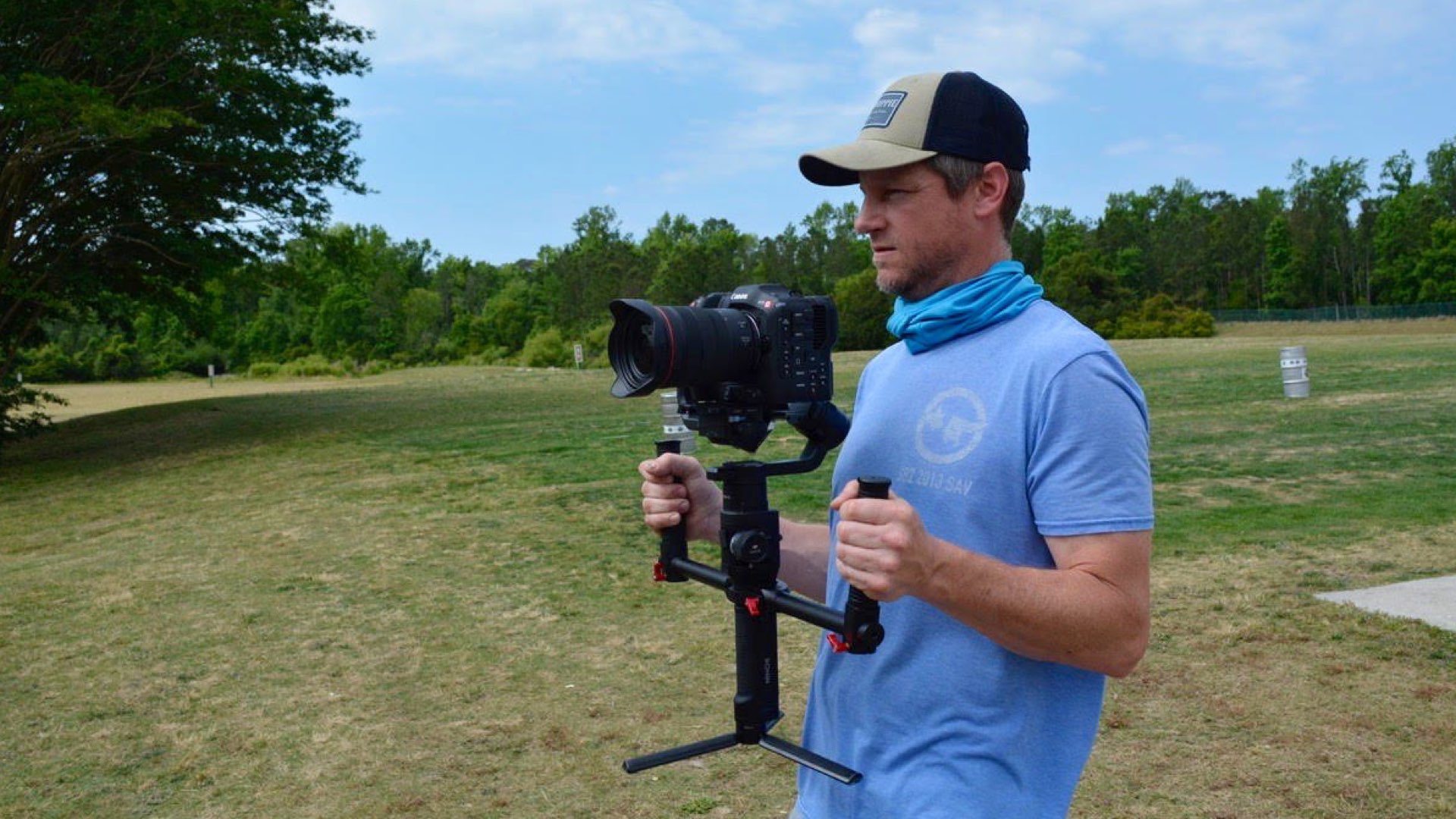
Since this was a comedy, we didn’t need anything too crazy as far as lens options: just something manageable that could get the job done.
What lenses did you choose?
We shot with Canon Ultrasonic L-series lenses. We had a 24-70mm, and a 15-35mm. We knew we didn’t have the time or money for primes, so we went with something that could give us the quick turnaround we needed, while also providing the quality we’ve come to expect out of a canon lens. These lenses were brand new at the time, too, so that added to the appeal. Also, since this was a comedy, we didn’t need anything too crazy as far as lens options: just something manageable that could get the job done.

Don’t be afraid to interrupt a scene if the sound isn’t working. Seriously, if the sound isn’t right, the scene won’t work anyway. You might feel like “the bad guy” – but your editor and director (in my case, the same guy) will thank you later.
Tips for recording sound on low-budget projects
Interestingly, we did not have a dedicated soundman for the shoot. We had a decent amount of gear- both borrowed & owned. A couple of shotgun mics (wired & wireless), several lavs of varying degrees (we had Lectrosoncis that didn’t work, so we were relegated to using Sennheisers most of the time), and on Day One several of the producers took turns either hitting record, listening in, or holding the boom. But after Day 1 things got complicated bc several producers were also actors in the film, so I actually had to step in and record sound. At this point I was Producing, the 1st AD, and Troy’s right-hand man (since the other 3 producers were also actors in the film) so after a couple of days Troy decided we should hire an actual sound guy to come out and help us out. It wasn’t in the budget. We didn’t have the money. But somewhere Troy came up with $150 to pay this guy to come out and help, and at the end of the day, the sound was useless. Totally wasted. The guy had set every channel to the same frequency like it was a walkie-talkie or something and so the audio was nothing but a screeching HISSSSS. Needless to say, I was back on the project.

Here are the best tips I think I can provide from this very unique experience:
- Don’t forget the wild sound. We knew better and we still forgot. We had to send a guy out months later to record the golf course to make it work.
- Don’t be afraid to interrupt a scene if the sound isn’t working. Seriously, if the sound isn’t right, the scene won’t work anyway. You might feel like “the bad guy” – but your editor and director (in my case, the same guy) will thank you later. Especially if there is really something wrong.
- If you’re recording multiple people at a time into a small device like I was, without a lot of opportunities to mix, besides volume, at the moment- make sure you are set up properly – do a quick sound test with each actor – know exactly who is on each Mic so that quick adjustments can be made. Sometimes in larger scenes I would get confused as to who was coming through each channel- particularly bc sometimes we had to switch mics between actors and setups bc we only had 4 mics. I know one scene in particular a specific actor was much too loud and I kept trying to quiet his input level during the recording only to accidentally turn down another knob so that another actor was nearly non-existent when they finally spoke.
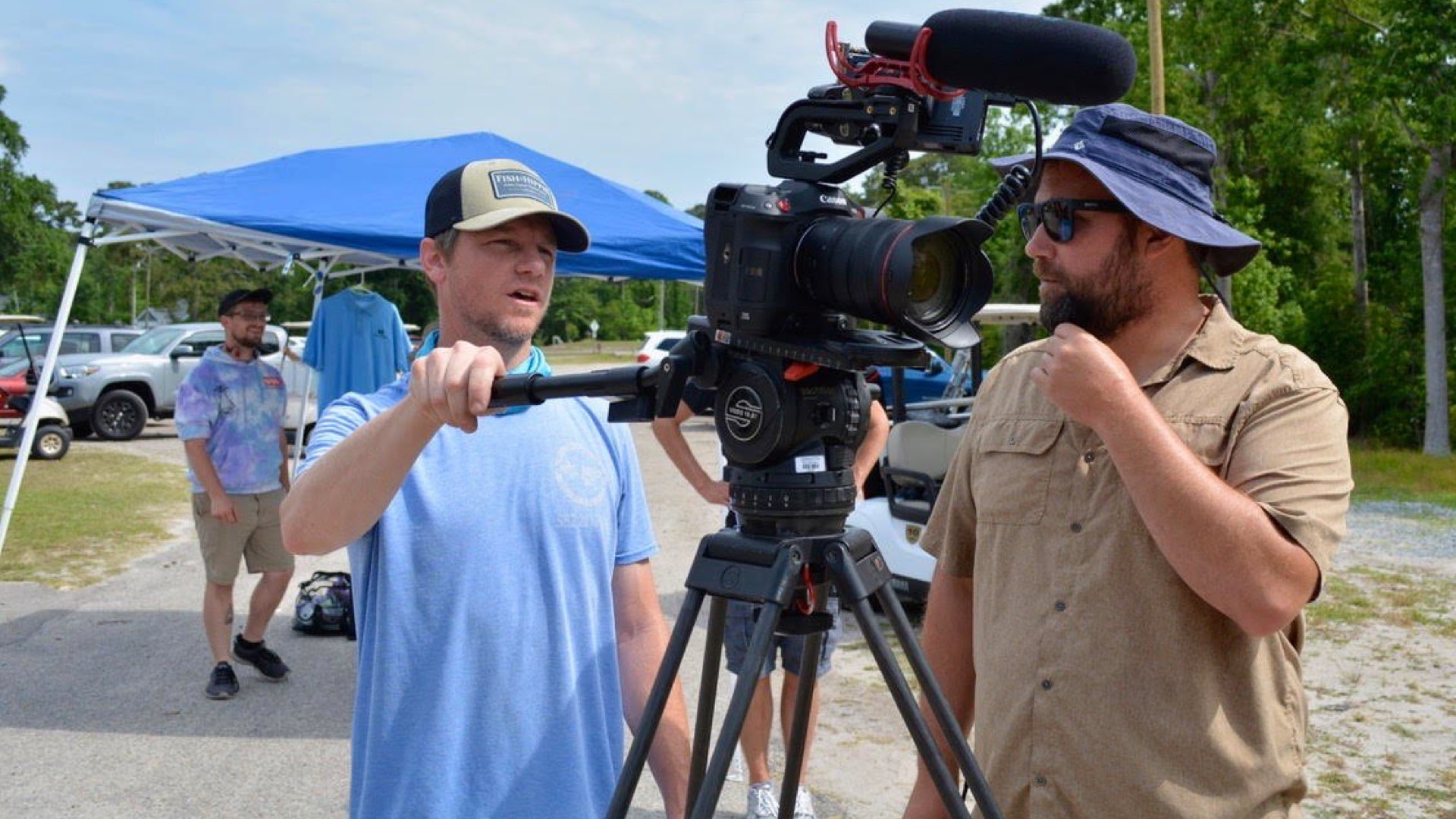
We held a big premiere in the town where we shot the film, Wilmington North Carolina, which we sold out to over 500 eager fans. Afterward, the theater even invited us to screen an encore presentation of the film again the next night.
How did you make money from that project?
Even before we turned down other distributors, nearly back as far back as when we shot, we knew there was a decent chance we would try to self-distribute the film. The producers all knew what that would entail (ie. a lot of hard work!), but we also knew the uniquely funny film we were making, and the potential audience for a film like this, so we decided to take the risk. After getting a few offers on the table, some with real money attached, that really only emboldened us more, so we went for it! We partnered with an OTT platform that allowed us to put the film directly on our website (www.birdiesthemovie.com) and we began marketing direct to viewers through social media. We held a big premiere in the town where we shot the film, Wilmington North Carolina, which we sold out to over 500 eager fans. Afterward, the theater even invited us to screen an encore presentation of the film again the next night, which was just a really validating way to kickstart the whole thing. And now we are slowly expanding to other platforms, like Vimeo On Demand, and Amazon, pretty soon. And we’re also looking at doing a little roadshow along with a golf tournament, which we are currently planning. We have a ton of special features on our site, plus merch, so we’ve got a well-rounded package to earn from, not just the film. But maybe most importantly, since we were able to keep our shooting budget to an absolute minimum, it doesn’t take a whole lot to break even. So as word of mouth continues to spread, the availability of the film continues to spread, and we continue to take our roadshow across America, we are hoping that we can just continue to add to this concept.
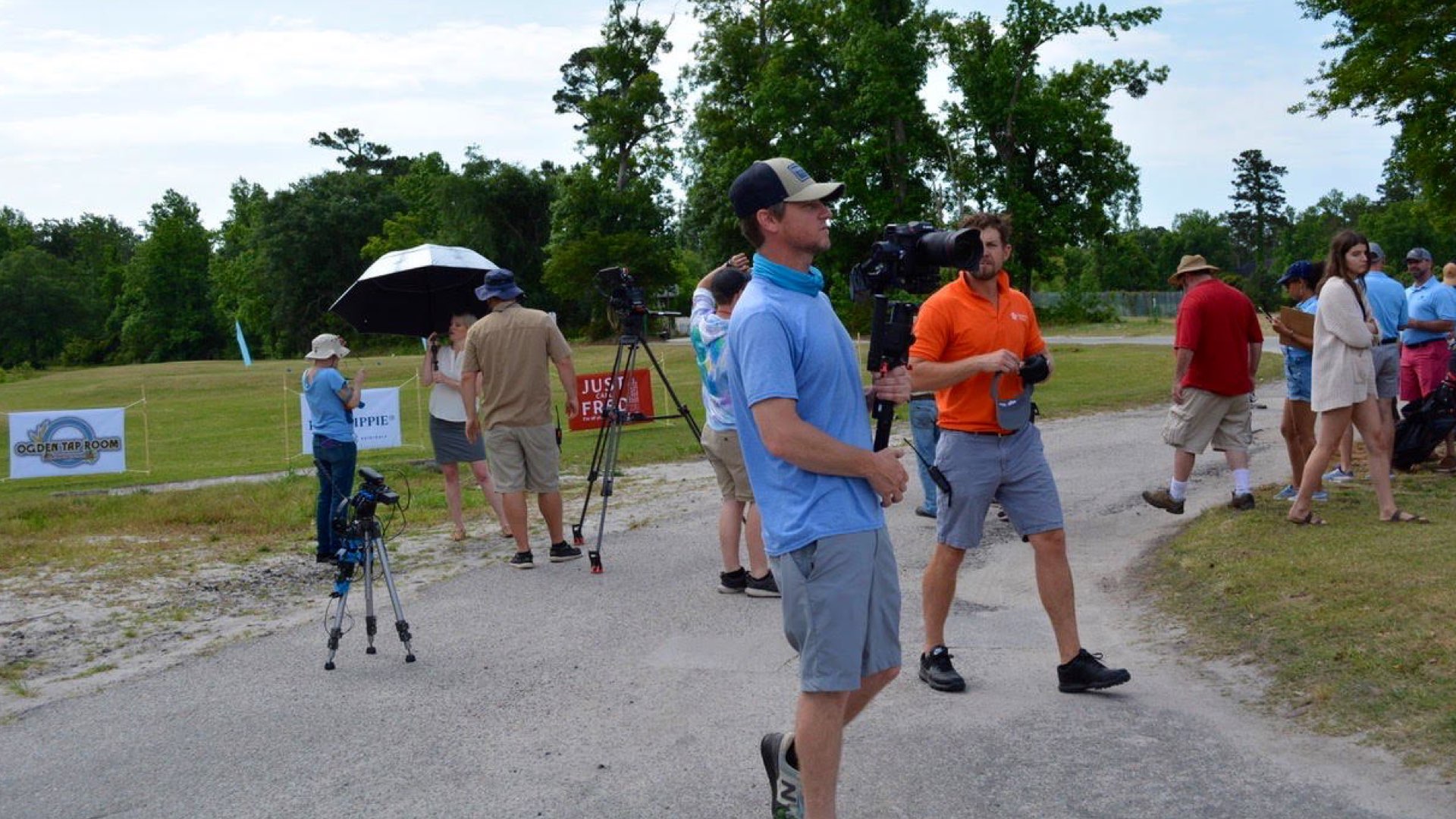
We are slowly expanding to other platforms, like Vimeo On Demand, and Amazon, pretty soon. And we’re also looking at doing a little roadshow along with a golf tournament, which we are currently planning. We have a ton of special features on our site, plus merch, so we’ve got a well-rounded package to earn from, not just the film.
What were the main technical challenges?
We had a pretty compact setup overall, so we didn’t run into too many huge technical challenges, really. When we were out on the golf course Troy used a Ronin most of the time to be able to keep a lot of movement in the frame, and also just for ease of setup/breakdown. We used a drone a good bit, but Troy’s pretty good with a drone, so no problems there. Sometimes timing things like when to strike a ball (either real or imagined) wouldn’t quite sync with Troy’s flight pattern, or in the case of our golf cart-dolly, the speed of the camera. But overall, I would say most of our problems had to do with quirky things like the long lens we rented came completely shattered, so we had to have that replaced before we ever got to shoot with it, so most of the first week was shot with the wider lens. Similarly, nobody could figure out how to use the wireless shotgun mic, so for weeks, we traipsed around a golf course wired from the boom to the mixer until finally, we figured out how to pair it properly- which was a YouTube video away the whole time.

We had a crew of 3 to 5 people at any given time, and only two or three of us were even holding gear. In many ways, that was a huge saving grace bc any bigger issues could have really cost us our day, and maybe even blown the whole film.
Just nobody had time to even sit and do that until a few weeks later when we did. Also, just making sure batteries were charged up every night since we were on the course, battery power was always a thing. We ran through batteries on the lavs, even with me trying to conserve energy every chance I got. By the end of the shoot we were switching out camera batteries all the time bc it seemed like no matter what we did, we couldn’t get them juiced up enough. But honestly, shooting-wise, most of the technical side of production went smoother than most shoots I’ve been on because we had so few moving parts, there was a lot less that could mess up along the way. We had a crew of 3 to 5 people at any given time, and only two or three of us were even holding gear. In many ways, that was a huge saving grace bc any bigger issues could have really cost us our day, and maybe even blown the whole film.
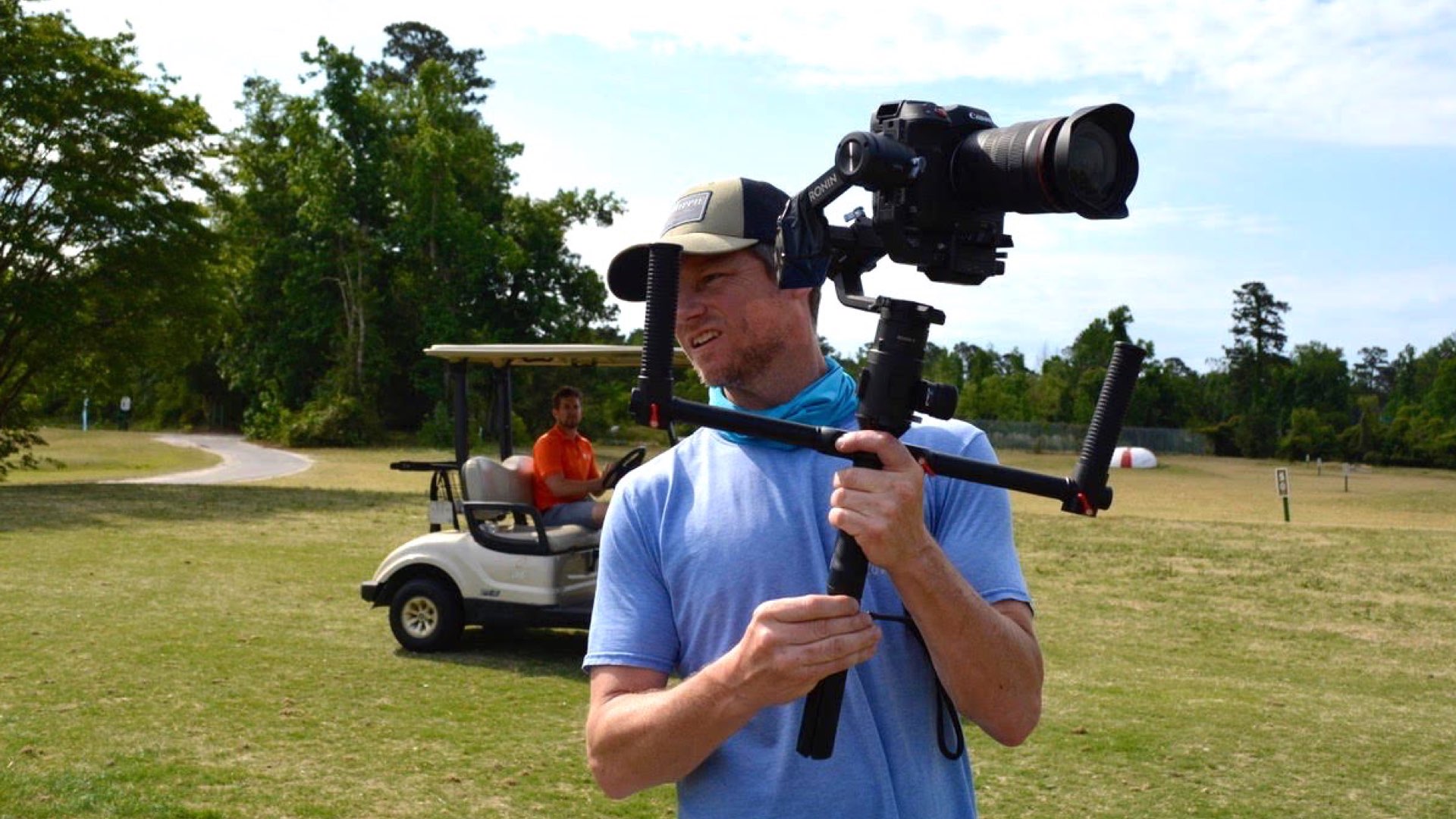
I would say most of our problems had to do with quirky things like the long lens we rented came completely shattered, so we had to have that replaced before we ever got to shoot with it, so most of the first week was shot with the wider lens.
After the project is finished, how can you promote it further?
We are always looking for new ways to promote the film! As I mentioned, we are about to go on tour with the film, where we will play in local theaters as well as at golf courses, and we are just beginning to develop an idea where we will host our own golf tournament in select cities across the country. The first one is already set for May 21st, at Ironclad Brewery & Golf Course in Hampstead, NC, where we shot the film. We are also going to continue to shoot “Golf Jokes” which is a comedy sketch-type series that was actually inspired by the original Birdies project, which was initially developed over 13 years ago. These will become available on the website, along with all of the old ones. And, if things really take off, we’ve got ideas for sequels, prequels, and hilarious series that could keep this concept afloat for some time! With this crazy crew, it’s only a matter of time before we’re off on our next wild ride.
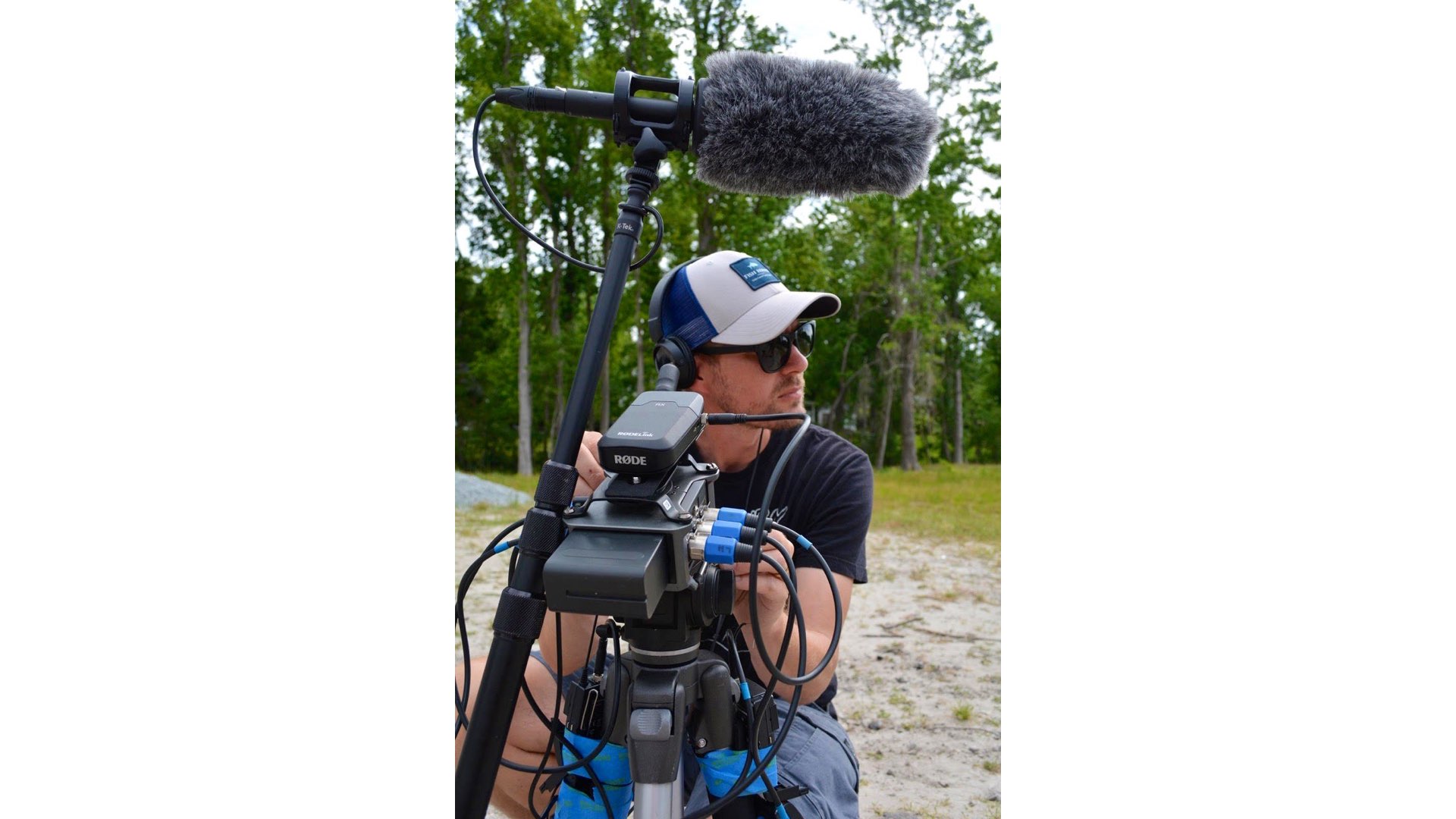
Birdies is an incredible example of how it doesn’t take a million dollars, or even a tenth of that, to make a film look like a studio-made production…If you have a good script, and some talented folks interested in helping you out, it doesn’t take a lot to make a really good-looking film these days.
Any technical topic that you’d like to discuss…
I think more than anything, Birdies is an incredible example of how it doesn’t take a million dollars, or even a tenth of that, to make a film look like a studio-made production. If you have a good script, and some talented folks interested in helping you out, it doesn’t take a lot to make a really good-looking film these days. Not like it used to. Today, thanks to a plethora of prosumer-grade cameras, SLRs, and more, the digital technology we use to create films is better than it ever has been, and only continues to improve! We shot this in 4k. Only a few years ago that would have been implausible! But aside from the equipment, you have to know how to use it. And we were fortunate in that our Director was very capable of wearing many hats- from camera operator to lighting, to know what he wanted with the actors, and giving himself time to figure it all out on set before we jumped in and started shooting. We didn’t have a lot of bells and whistles, but we made what we had in order to create something that we thought was really funny, heartfelt, and overall a lot of fun.
Birdies is currently set to release on Amazon and other VOD platforms as well. Watch the trailer below:
Product List
Here’re the products mentioned in the article, and the links to purchase them from authorized dealers.
- Canon EOS C70 Cinema Camera




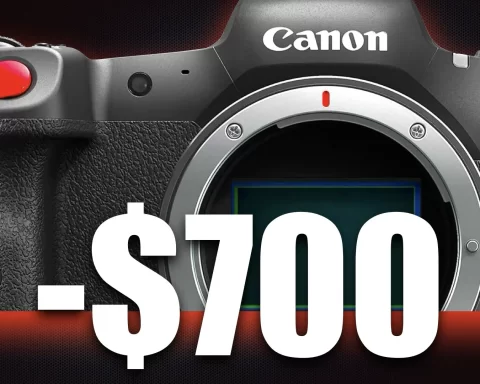
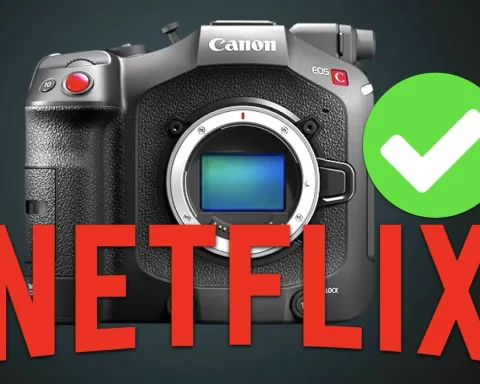

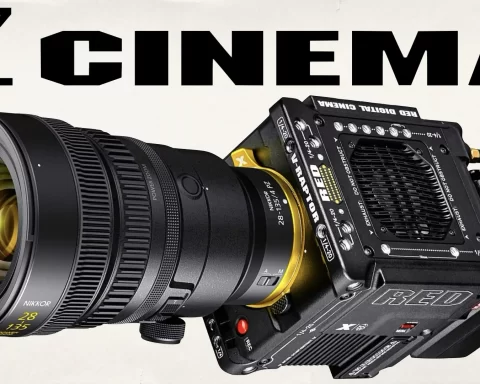

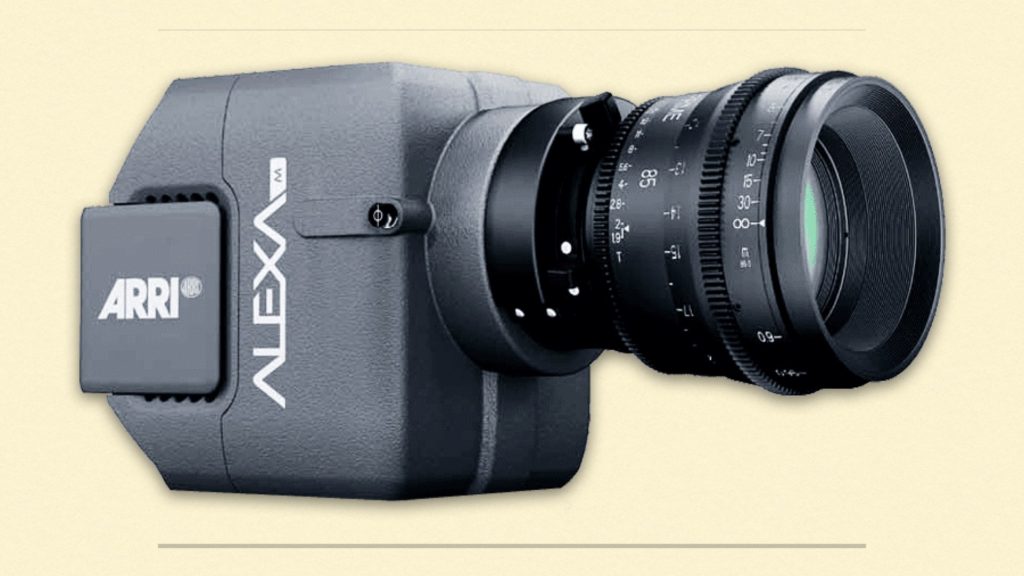





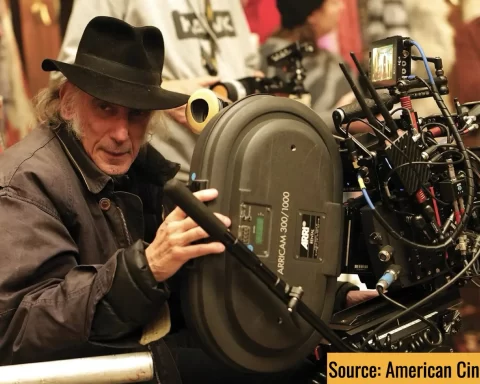
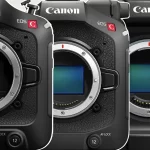
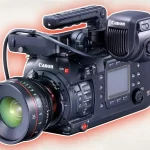
As some who has shot extensively on the C70, this isn’t anywhere close to the potential of it’s sensor with natural lighting even with zero budget. Most of the shots in the trailer looked like they could’ve used a couple more stops on the internal ND’s.
I’m aware comedy is typically shot with flat, high-key lighting, but yet a little grain and a proper color grade can do wonders for getting a “film look” on an otherwise very digital-looking camera. That said, if you’re directing, DP’ing, gaffing, etc. There’s always going to be huge corners that inevitably get cut.